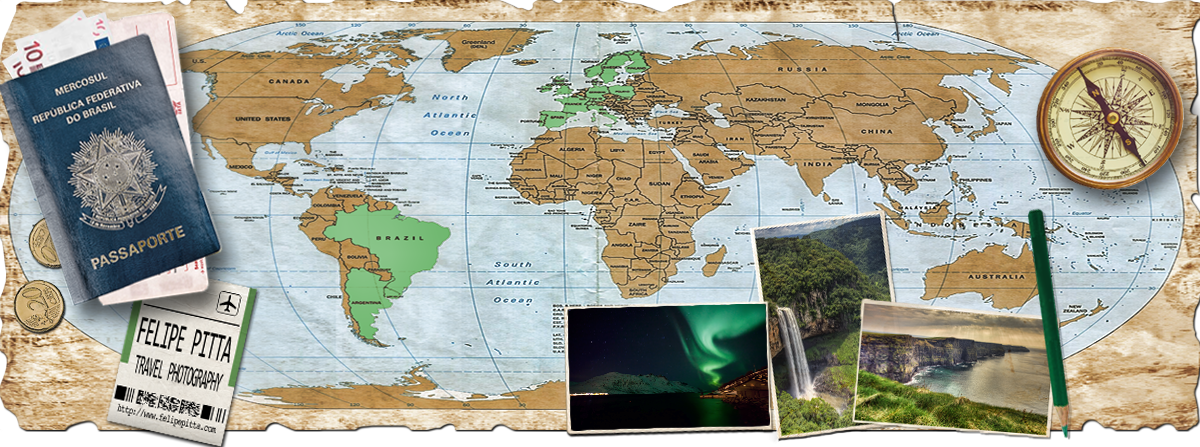
.jpg)
In the last years of WWII, the sleepy Polish town of Oświęcim saw the cruel massacre of as many as three million innocent men, women and children in the gas chambers.
I really didn’t know what to expect from my visit to Auschwitz. I was excited to be visiting a site which had played such a pivotal role in the course of twentieth century history, but I was also afraid that I was going to get lost in taking photos and somehow fail to show the due respect.
The photo above shows the gate house which is the main entrance into Birkenau, also known as the Auschwitz II concentration camp. Beginning around the middle of May 1944, freight trains that were 40 to 50 cars long rolled through this gate, day and night, bringing thousands of Hungarian Jews to be gassed at the four Birkenau gas chambers. The prisoners called it the “Gate of Death.”
The gate house was built in 1943, long after the Birkenau camp was first opened. The first inmates, who were Soviet Prisoners of War, arrived at Birkenau on October 7, 1941. At first, the gate shown in the photo above was for trucks and pedestrians. Railroad tracks were not laid through the gate until the Spring of 1944, just before transports of Hungarian Jews began to arrive. According to the Auschwitz Museum, 434,351 of these Hungarian Jews were not registered at Birkenau; instead, they were gassed immediately upon arrival. At the height of the deportation of the Hungarian Jews, during a 10 week period, up to 12,000 Jews were gassed and burned each day.
The gate house at Birkenau is located three kilometres, or about two miles, from the main Auschwitz camp, known as Auschwitz I. The road goes over the railroad overpass where Reichsführer Heinrich Himmler stood on March 1, 1941 when he selected the village of Birkenau to be the location of a new addition to the Auschwitz camp. At that time, the invasion of the Soviet Union and the plan to exterminate all the Jews in Europe was only months away.
The overall message of the Auschwitz-Birkenau State Museum, as I perceived it, was to always remind us about the humankind capacity for cruelty and to ensure that nothing like this is ever allowed to happen again.










by Felipe Pitta